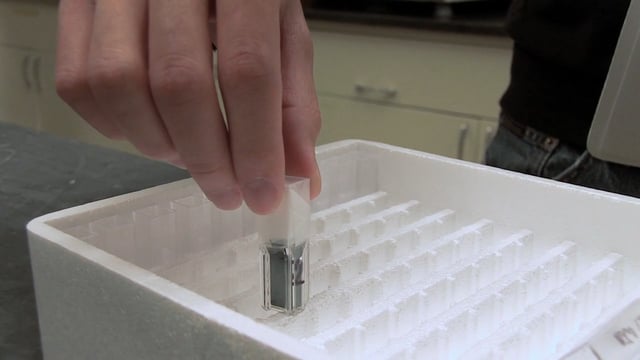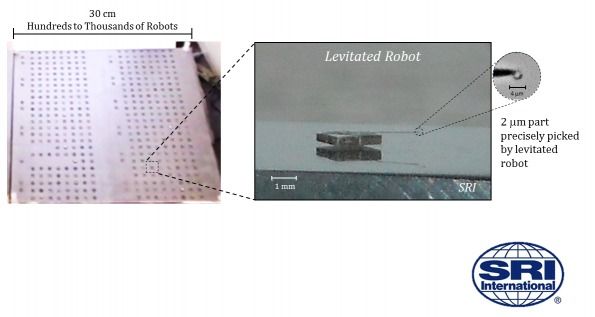Feb 13, 2016
Mind Uploading
Posted by Klaus Baldauf in categories: computing, engineering, neuroscience
Minduploading.org is a collection of pages and articles designed to explore the concepts underlying mind uploading. The articles are intended to be a readable introduction to the basic technical and philosophical topics covering mind uploading and substrate-independent minds. The focus is on careful definitions of the common terms and what the implications are if mind uploading becomes possible.
Mind uploading is an ongoing area of active research, bringing together ideas from neuroscience, computer science, engineering, and philosophy. This site refers to a number of participants and researchers who are helping to make mind uploading possible.
Realistically, mind uploading likely lies many decades in the future, but the short-term offers the possibility of advanced neural prostheses that may benefit us.

















